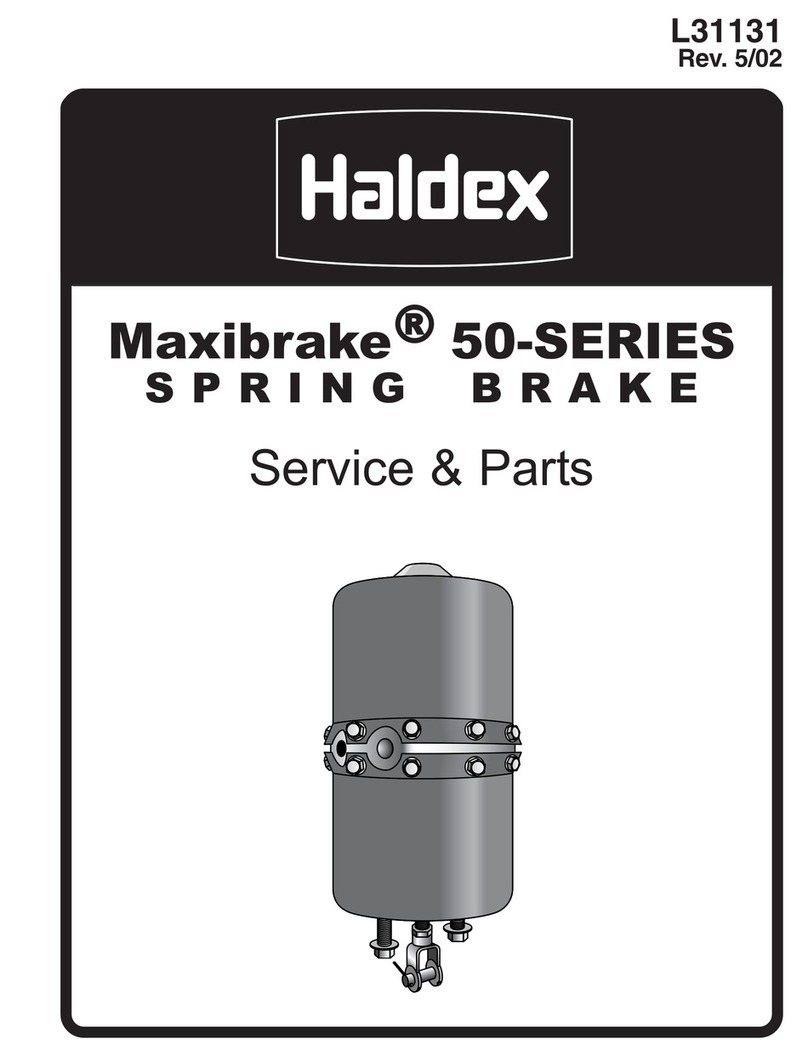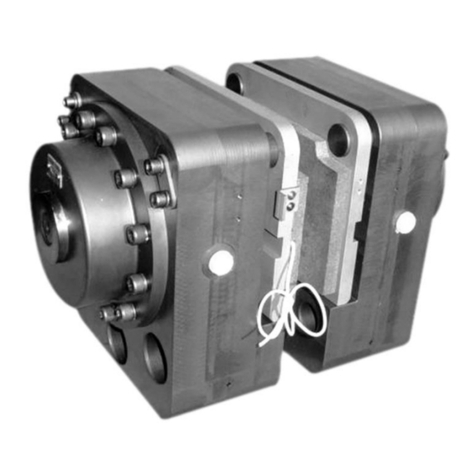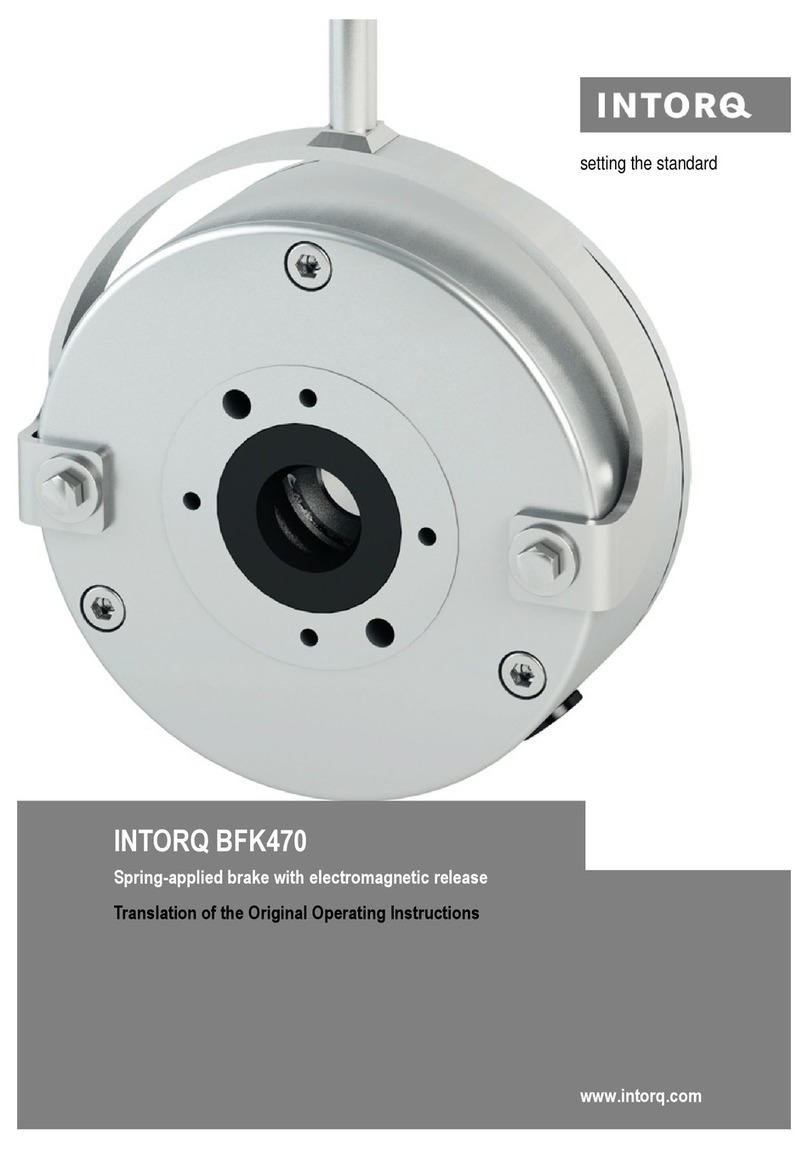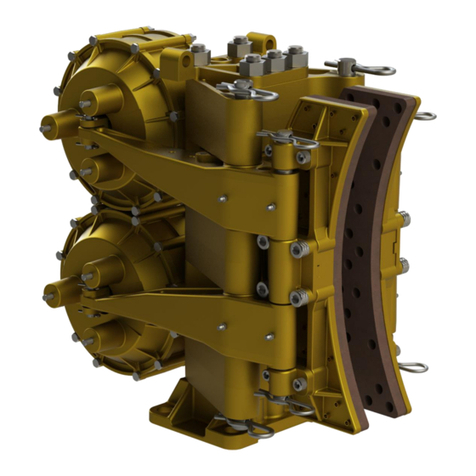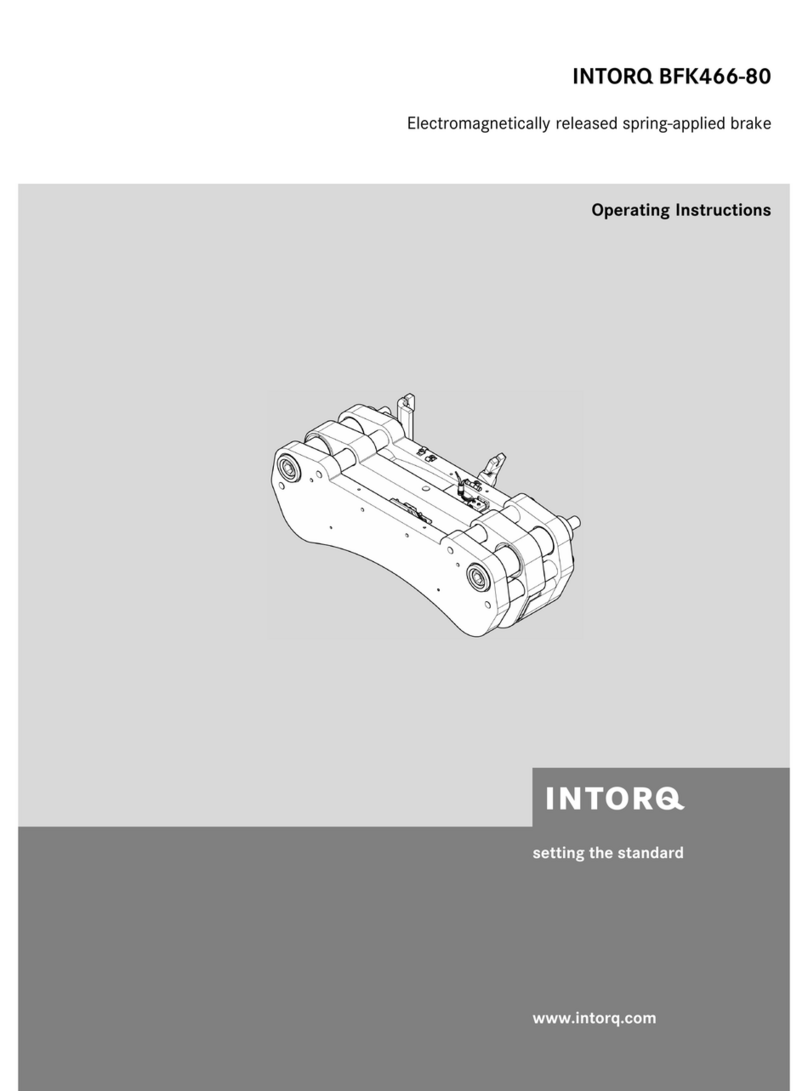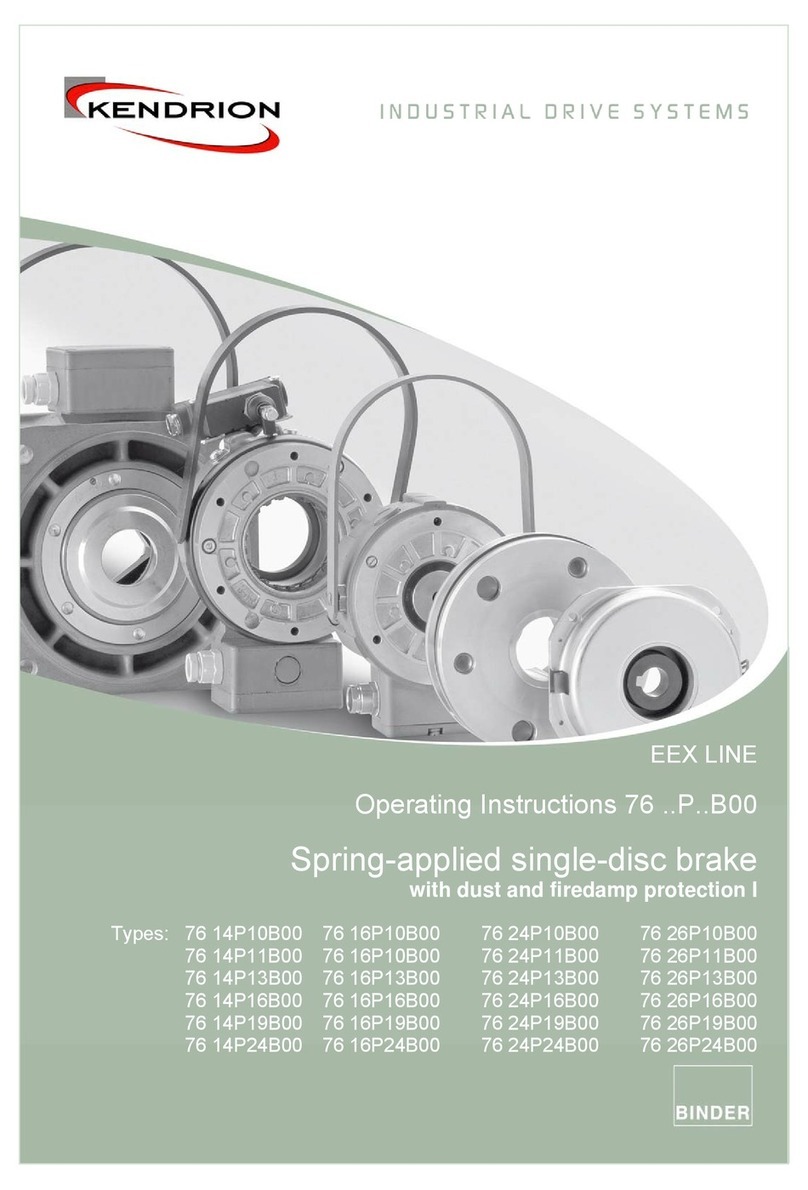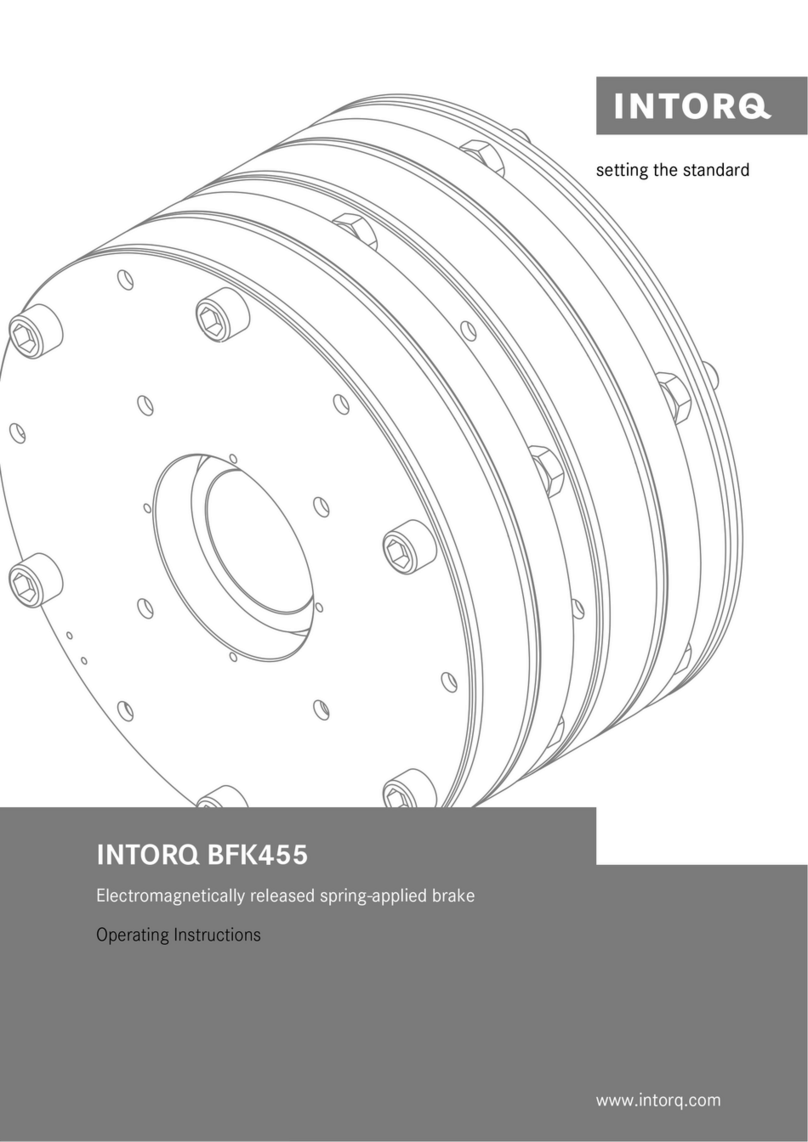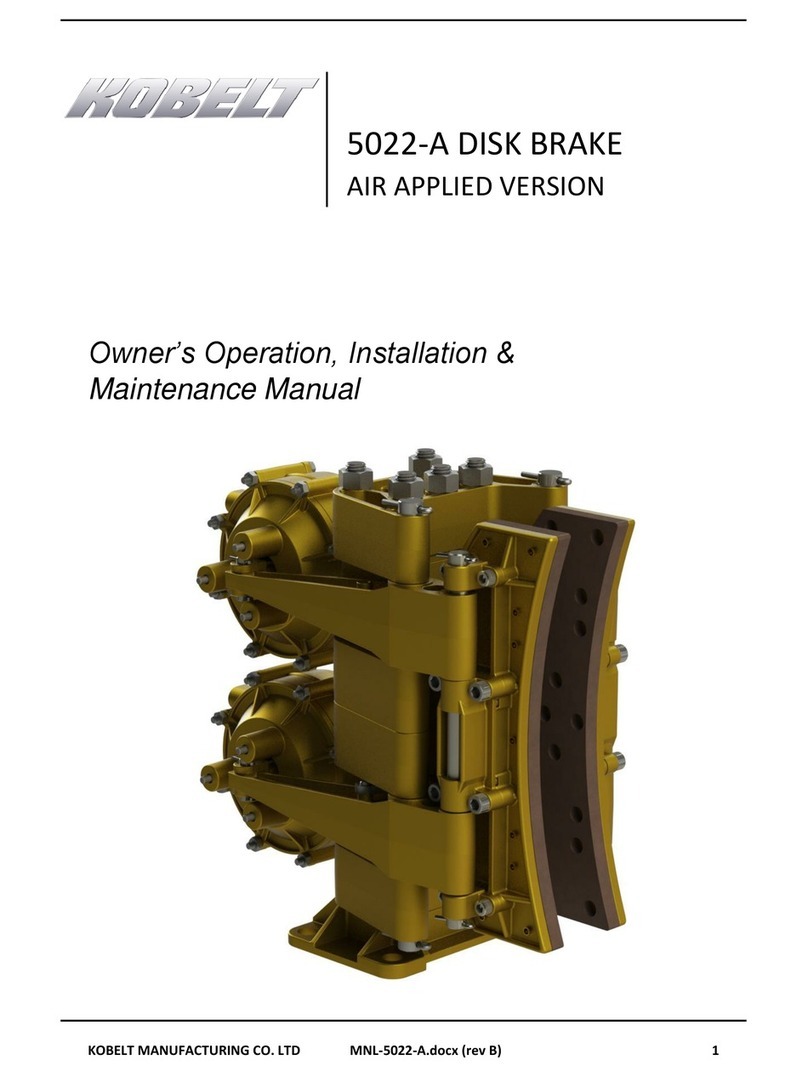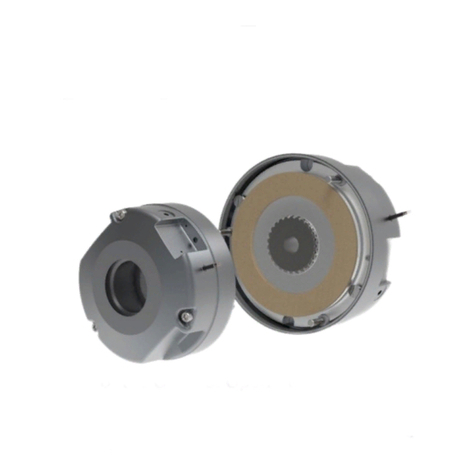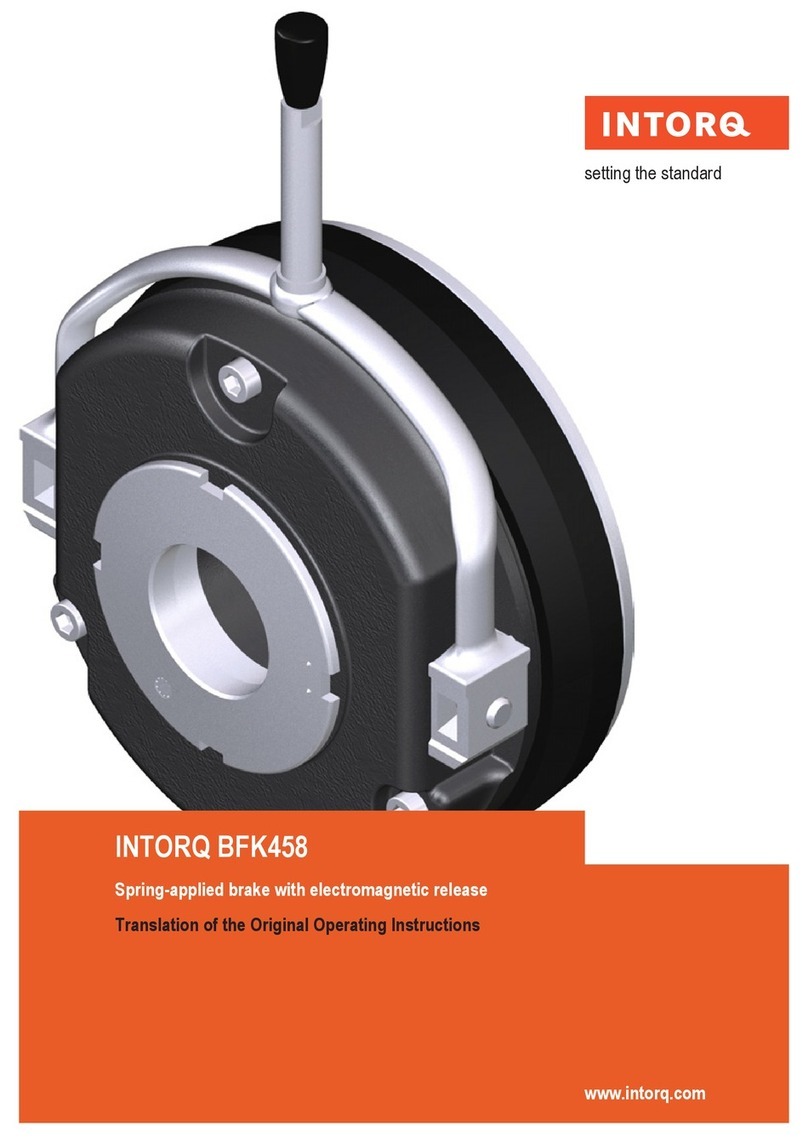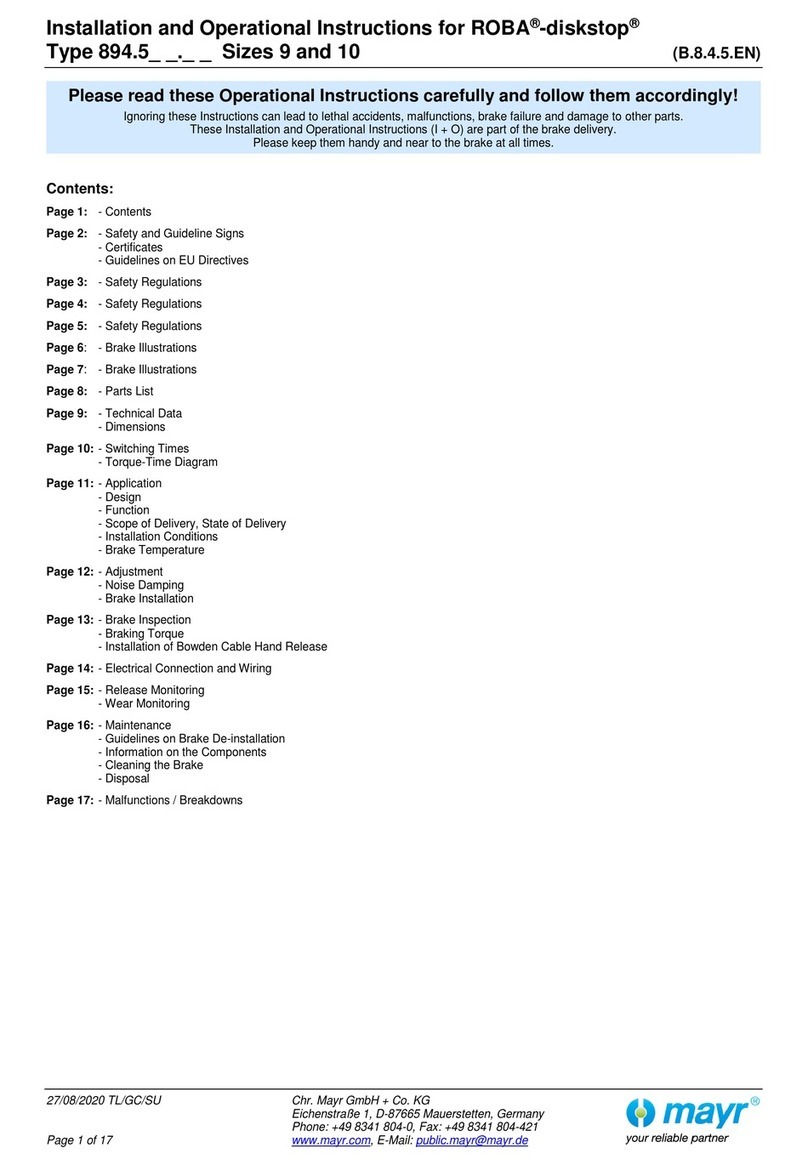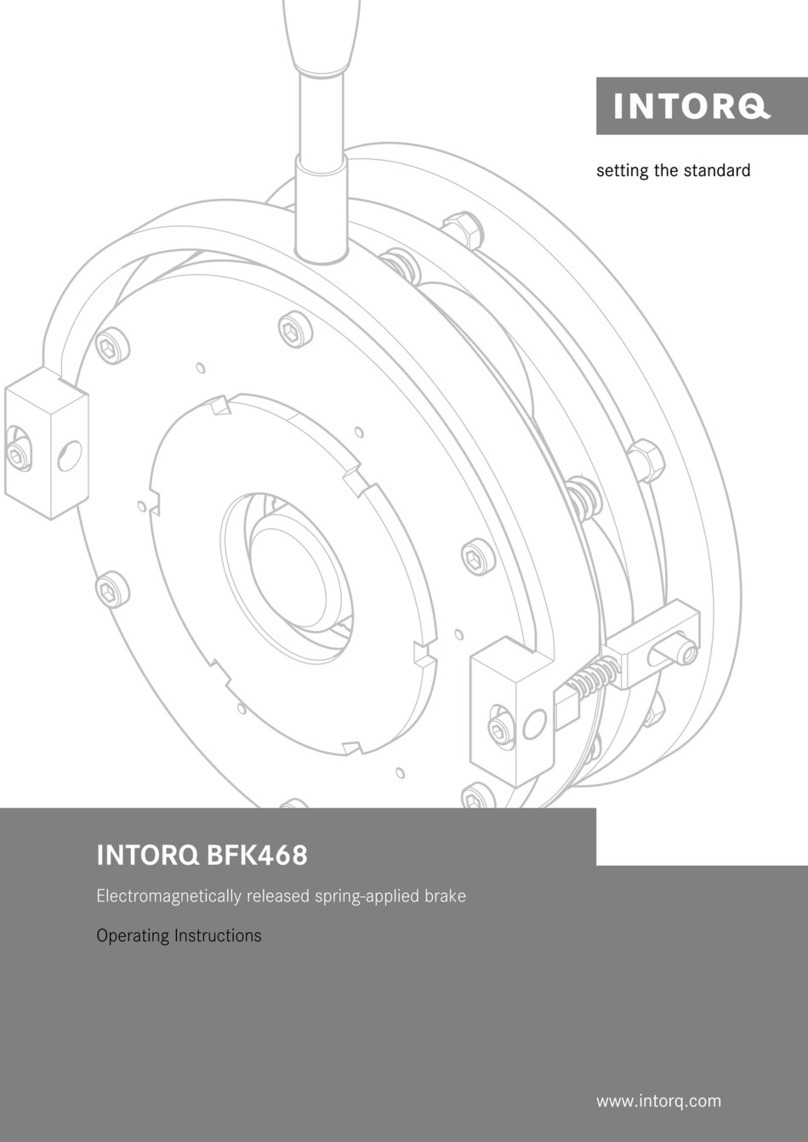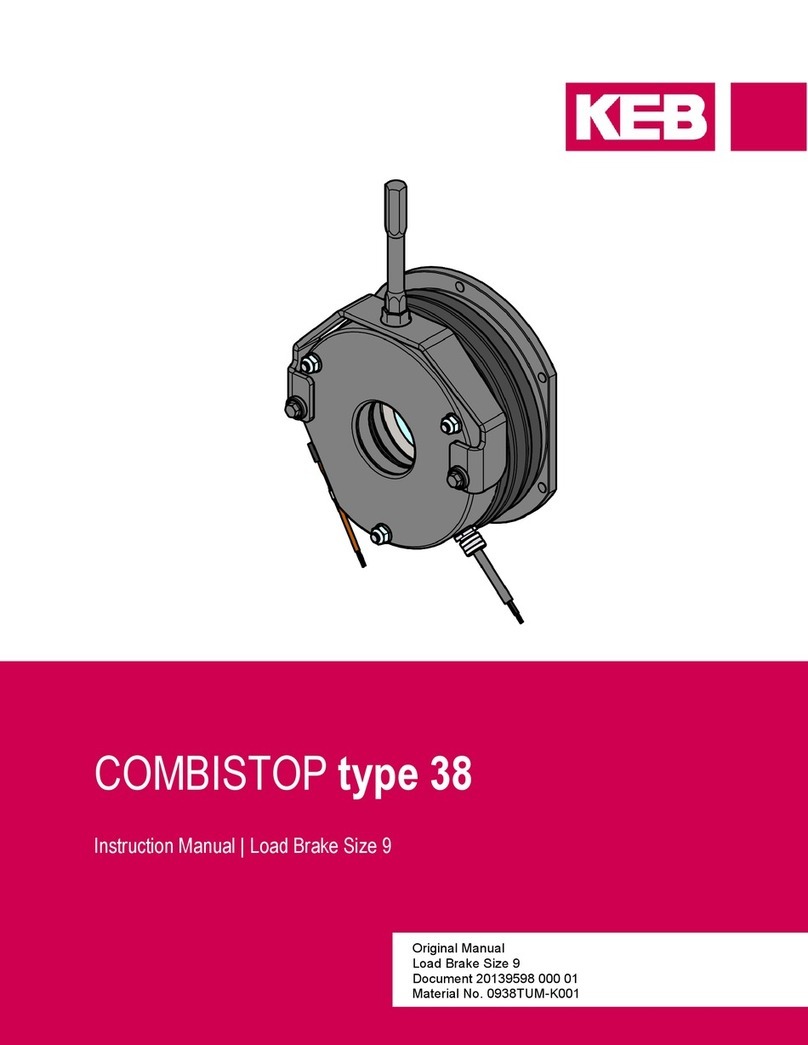
Preface
©
1.3 Laws and Requirements
KEB Automation KG has certified the product against the US, Canadian and European
standards. Additionally KEB Automation KG provides the EC declaration of conformity
that the product complies with the essential safety requirements.
The UL, CSA and CE marks are located on the name plate when applicable. The EC
declaration of conformity can be downloaded on demand via our website.
→Further information is provided in Appendix 1: Certification.
1.4 Warranty
KEB Automation KG provides a limited warranty on all products. This warranty can be
found in the terms and conditions at our website.
KEB America, Inc. Terms and Conditions
Terms and Conditions
Further agreements or specifications require written confirmation from KEB America, Inc.
1.5 Support and Liability
It is not possible to cover every potential application of our device in a single manual. If
you require further information or if problems occur which are not covered in this
document, you can request the necessary information via KEB America, Inc. or the local
KEB Automation KG agency.
The use of our products in the target application is beyond our control and
therefore exclusively the responsibility of the machine manufacturer, system
integrator or customer.
The information contained in this document, as well as any user-specific advice in spoken
or written form or generated through testing, is provided to best of our knowledge and is
considered for informational purposes only. KEB America, Inc. bears no responsibility or
liability for the accuracy of the information listed above, nor for any violation of industrial
property rights committed by a third-party in relation to this information.
Selection of the most suitable product for any given application is the
responsibility of the machine manufacturer, system integrator or customer.
Evaluation of the product can only be performed by the machine manufacturer in
combination with the application. Any tests performed must be repeated every time any
part of the hardware or software is modified, or any time the unit adjustment is changed.
1.6 Copyright
The customer may use the information contained within this document for internal
purposes only. Copyright of this document is held by KEB America, Inc. and remains
valid in its entirety.
Other wordmarks or/and logos are trademarks (™) or registered trademarks (®) of their
respective owners and are listed in a footnote at the first occurrence.

